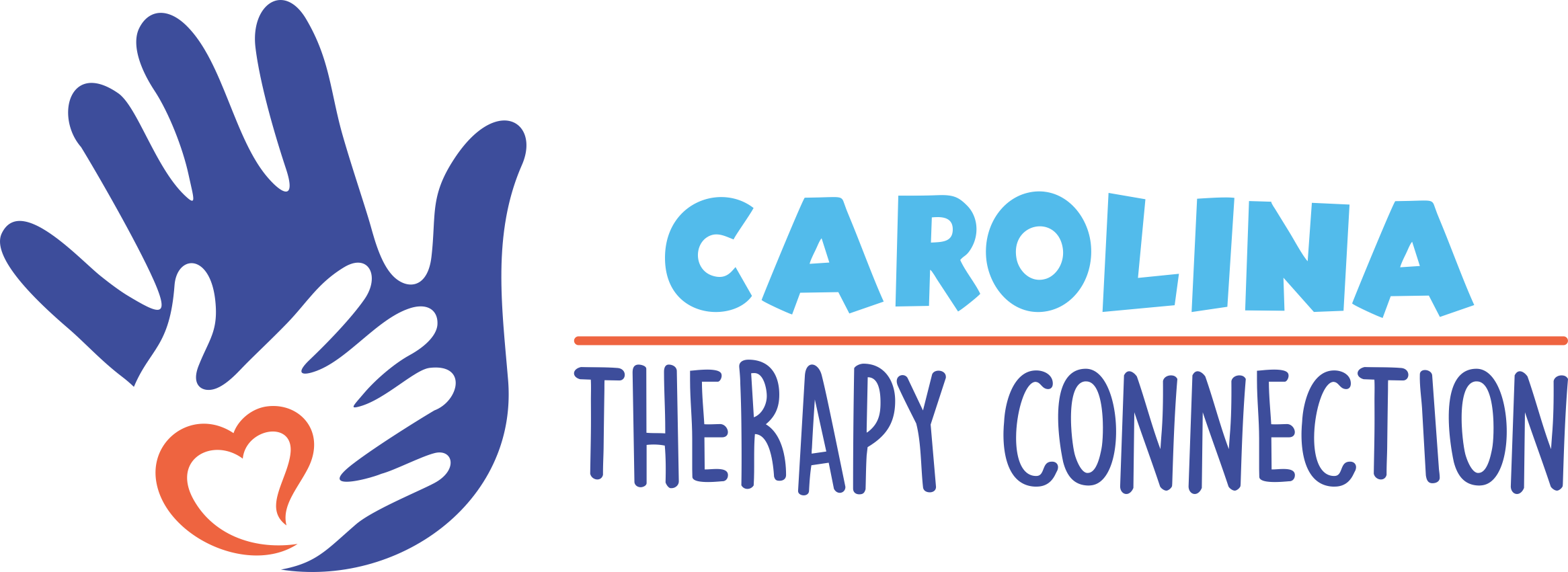What is a visual schedule?
As adults, many of us live by our planners. We gain satisfaction from marking off our to-do lists and being organized with our daily activities. Children are better able to learn, grow and adapt to changes using this same strategy! Although there are many types of visual schedules, they all typically contain images, symbols, photos and/or words to better communicate a task or activity. Depending on your child’s age and specific needs, their visual schedule may contain activities by the minute, hour, day or week. For example, if your child requires more structure, they may use a visual schedule that uses “first, next, then” language to communicate activities for the next few minutes. If your child requires less structure with their daily activities, their visual schedule may list tasks by hour for an entire day. Check out these examples below!


What are the benefits of a visual schedule?
Visual schedules are a powerful tool that can help kids perform complex tasks, organize their day, or follow a routine. Here are a list of benefits that result from using visual schedules:
- Visual schedules provide structure and predictability. Has your child ever become upset because they didn’t want to complete a task or weren’t expecting an upcoming activity? Visual schedules provide a consistent reminder of what activity is next and can show a reward that follows a non-preferred activity. For example, if your child doesn’t like bath time, they can use their visual schedule to understand they will get to watch their favorite TV show following their bath.
- Visual schedules encourage independence. Once your child becomes comfortable with using their schedule, they can help create it and plan for each day. It will also allow them to select preferred activities or rewards between non-preferred activities. When a child helps create their own schedule, the sense of independence promotes completing activities without being asked to do so.
- Visual schedules reduce negative behaviors and meltdowns. When kids know in advance what’s happening, it can help them feel more in control and at ease. If there is a change in their routine, they can plan and prepare themselves for that change.
- Visual schedules work with your child’s visual strengths. Although visual schedules can use words, pictures and symbols often times create ease for reading a visual schedule. You can also use pictures that are specific to your child’s household or routine. For example, you can use a picture of their favorite book using your phone camera instead of a generic or cartoon book.
- Visual schedules teach a variety of skills during childhood development. Visual supports open the doors of communication, increasing your child’s ability to interact with his or her surroundings. Creating and utilizing visual schedules promote visual motor skills, fine motor skills, organization, positive self-esteem, decision making, and a wide variety of executive functioning skills.
- Visual schedules can be used for more than just sequencing activities. You can use visual prompts similar to visual schedules to break down one task into steps. For example, if your child has difficulty with sequencing the steps of toileting, they can use a chart similar to the one below provided by A Day In Our Shoes.

Tips For Implementing a Visual Schedule With Your Child
- Before using the visual schedule, ensure that your child understands the purpose of it and how to use it.
- The schedule needs to be manageable. Start with a small schedule that only contains a few tasks and uses language such as “first, then” or “first, next, then.”
- Mix preferred activities with non-preferred ones. This helps to motivate children to persevere through non-preferred activities.
- Personalize the schedule with their favorite characters or colors. Use pictures of your child’s specific toys or items in the household. If your child is able, let them help create it!
- Cue your child to use the schedule or ask them to check it when they begin an activity. Repetition is key!
- If your child gets satisfaction from marking off completed activities, place a check box beside each task.
- Use these instructions for tips on creating your own visual schedule at home.
- This awesome resource from A Day In Our Shoes has plenty of FREE visual schedules you can print from the comfort of your home.
How can Carolina Therapy Connection help?
At Carolina Therapy Connection, we offer pediatric occupational therapy to addresses concerns with things such as self-care skills, including feeding, bathing, and dressing; fine motor skills, including writing, tying shoes, and picking up small objects; neuromotor development; and sensory integration. Our occupational therapists can work with your child and family to ensure they are using the right type of visual schedule for their routine and help them create the perfect one just for them! Our experienced therapists can help your child use a visual schedule in the clinic, as well as carryover of using them in the home or school. As our team of specialists work to help your child reach their goals, you will begin to see remarkable changes in their skills and abilities. More importantly, you will see the happiness, confidence and sense of independence this brings to your child, and the peace of mind this brings to your family.
If you have any questions regarding visual schedules or your child’s development, call Carolina Therapy Connection at 252-341-9944 to speak with one of our occupational therapists! We currently offer occupational therapy, physical therapy and speech therapy in Greenville, Goldsboro and New Bern, NC.


